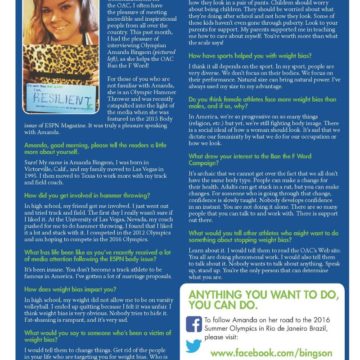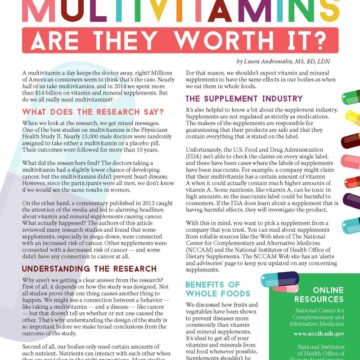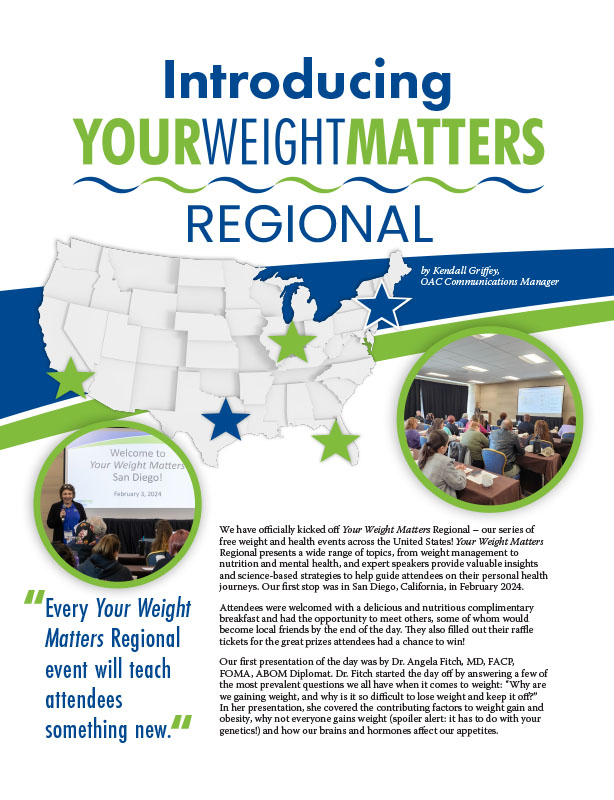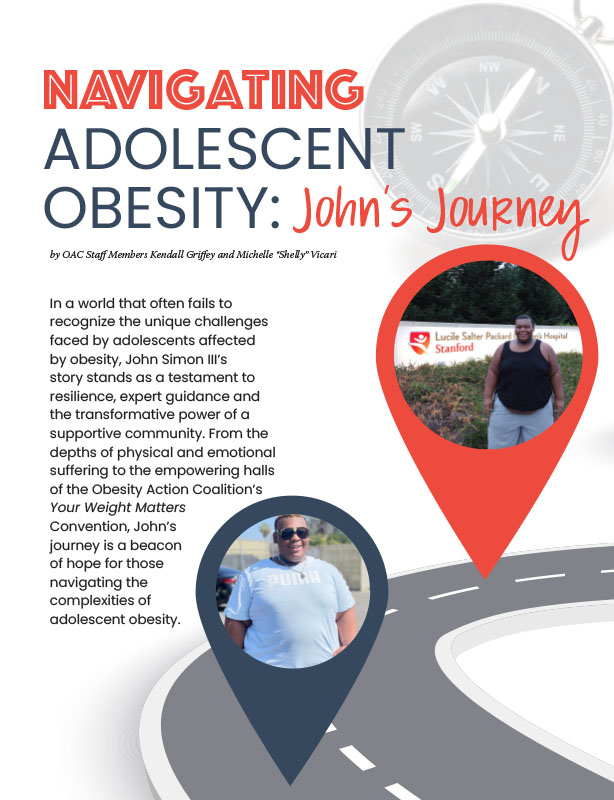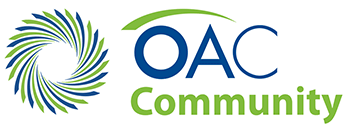A New Weight-loss Option: Intragastric Balloons

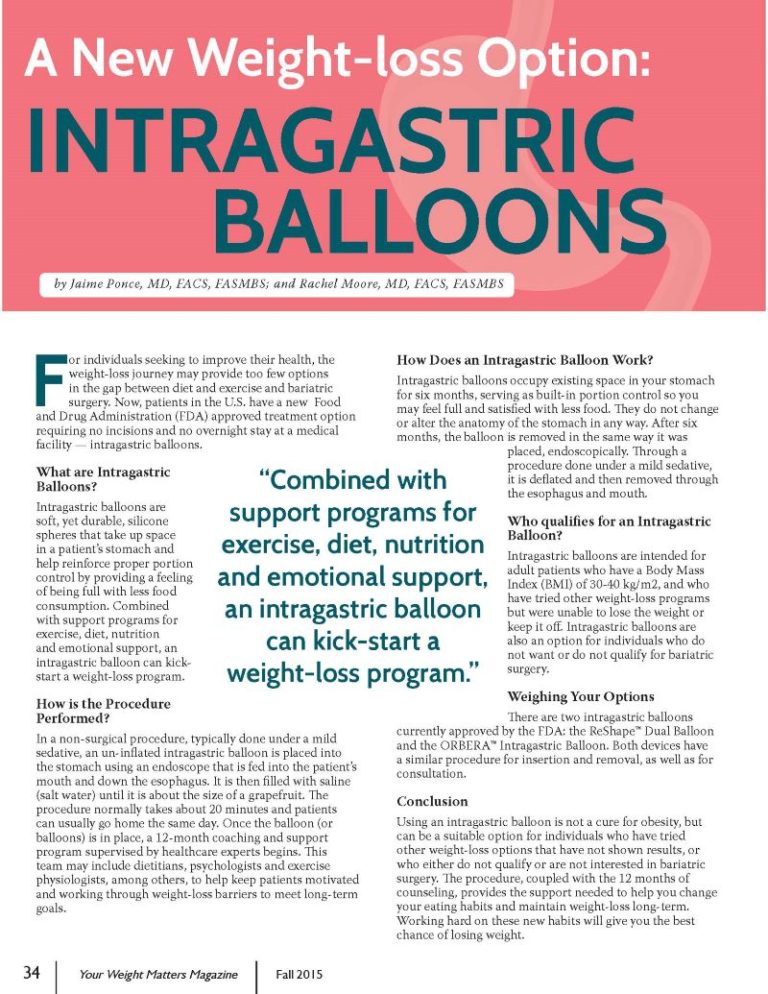
by Jaime Ponce, MD, FACS, FASMBS; and Rachel Moore, MD, FACS, FASMBS
Fall 2015
For individuals seeking to improve their health, the weight-loss journey may provide too few options in the gap between diet and exercise and bariatric surgery. Now, patients in the U.S. have a new Food and Drug Administration (FDA) approved treatment option requiring no incisions and no overnight stay at a medical facility — intragastric balloons.
What are Intragastric Balloons?
Intragastric balloons are soft, yet durable, silicone spheres that take up space in a patient’s stomach and help reinforce proper portion control by providing a feeling of being full with less food consumption. Combined with support programs for exercise, diet, nutrition and emotional support, an intragastric balloon can kick-start a weight-loss program.
How is the Procedure Performed?
In a non-surgical procedure, typically done under a mild sedative, an un-inflated intragastric balloon is placed into the stomach using an endoscope that is fed into the patient’s mouth and down the esophagus. It is then filled with saline (saltwater) until it is about the size of a grapefruit. The procedure normally takes about 20 minutes and patients can usually go home the same day. Once the balloon (or balloons) is in place, a 12-month coaching and support program supervised by healthcare experts begins. This team may include dietitians, psychologists and exercise physiologists, among others, to help keep patients motivated and working through weight-loss barriers to meet long-term goals.
How Does an Intragastric Balloon Work?
Intragastric balloons occupy existing space in your stomach for six months, serving as built-in portion control so you may feel full and satisfied with less food. They do not change or alter the anatomy of the stomach in any way. After six months, the balloon is removed in the same way it was placed, endoscopically. Through a procedure done under a mild sedative, it is deflated and then removed through the esophagus and mouth.
Who qualifies for an Intragastric Balloon?
Intragastric balloons are intended for adult patients who have a Body Mass Index (BMI) of 30-40 kg/m2, and who have tried other weight-loss programs but were unable to lose the weight or keep it off. Intragastric balloons are also an option for individuals who do not want or do not qualify for bariatric surgery.
Weighing Your Options
There are two intragastric balloons currently approved by the FDA: the ReShape™ Dual Balloon and the ORBERA™ Intragastric Balloon. Both devices have a similar procedure for insertion and removal, as well as for consultation.
Conclusion
Using an intragastric balloon is not a cure for obesity, but can be a suitable option for individuals who have tried other weight-loss options that have not shown results, or who either do not qualify or are not interested in bariatric surgery. The procedure, coupled with the 12 months of counseling, provides the support needed to help you change your eating habits and maintain weight-loss long-term. Working hard on these new habits will give you the best chance of losing weight.
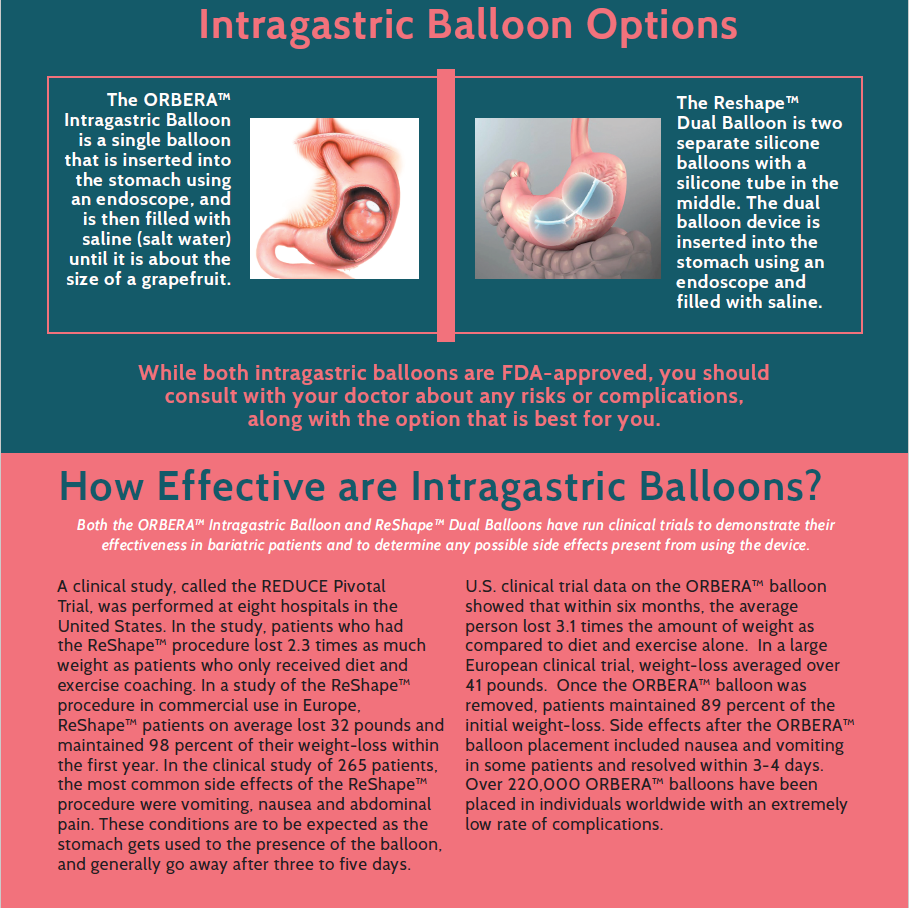
About the Authors:
Jaime Ponce, MD, FACS, FASMBS, has been practicing bariatric surgery since 1998 and is the Medical Director for Hamilton Medical Center Bariatric Surgery program in Dalton, Georgia and the Co-director for Memorial Hospital Bariatric Surgery program in Chattanooga, Tenn. Dr. Ponce is past-president (2012-2013) of the American Society for Metabolic and Bariatric Surgery (ASMBS) and is a past-president of the IFSO North American Chapter (2013-2014).
Rachel Moore, MD, FACS, FASMBS is in her 13th year of high-volume bariatric surgery practice with a group of six surgeons in New Orleans. Dr. Moore is the founding President of the Louisiana chapter of the American Society for Metabolic and Bariatric Surgery (ASMBS) and is an advocate on the state and national level for improved patient access to obesity treatment. She is currently serving as co-chair of the ASMBS State Chapters Committee and Chair of the Hospitality committee planning Obesity Week 2016 in New Orleans.
by Kendall Griffey, OAC Communications Manager Spring 2024 We have officially kicked off Your Weight Matters Regional…
Read Articleby OAC Staff Members Kendall Griffey and Michelle “Shelly” Vicari Winter 2024 In a world that often…
Read Articleby Rachel Engelhart, RD; Kelly Donahue, PhD; and Renu Mansukhani, MD Summer 2023 Welcome to the first…
Read Article




